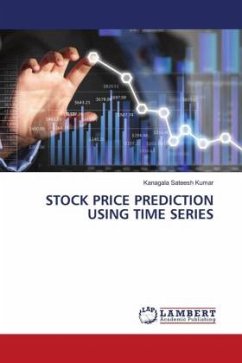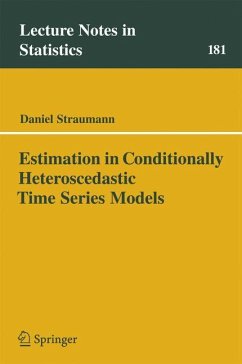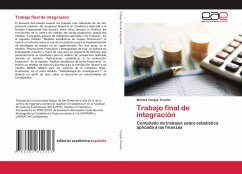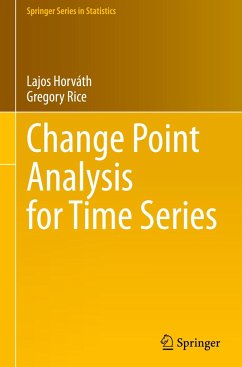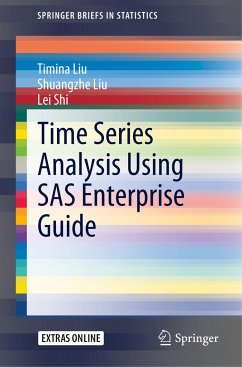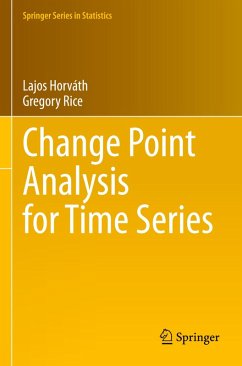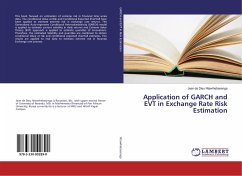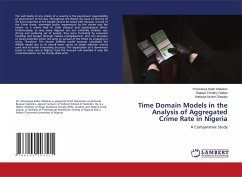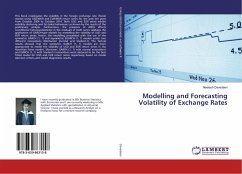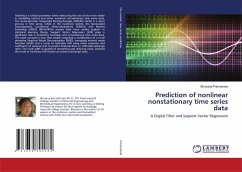
Prediction of nonlinear nonstationary time series data
A Digital Filter and Support Vector Regression
Versandkostenfrei!
Versandfertig in 6-10 Tagen
46,99 €
inkl. MwSt.

PAYBACK Punkte
23 °P sammeln!
Volatility is a critical parameter when measuring the size of the errors made in modelling returns and other nonlinear nonstationary time series data. The Autoregressive Integrated Moving-Average (ARIMA) model is a linear process in time series; whilst in the nonlinear system, the Generalised Autoregressive Conditional Heteroskedasticity (GARCH) and Markov Switching GARCH (MS-GARCH) models have been widely applied. In statistical learning theory, Support Vector Regression (SVR) plays a significant role in predicting nonlinear and nonstationary time series data. The book contains a new class mo...
Volatility is a critical parameter when measuring the size of the errors made in modelling returns and other nonlinear nonstationary time series data. The Autoregressive Integrated Moving-Average (ARIMA) model is a linear process in time series; whilst in the nonlinear system, the Generalised Autoregressive Conditional Heteroskedasticity (GARCH) and Markov Switching GARCH (MS-GARCH) models have been widely applied. In statistical learning theory, Support Vector Regression (SVR) plays a significant role in predicting nonlinear and nonstationary time series data. The book contains a new class model comprised a combination of a novel derivative Empirical Mode Decomposition (EMD), averaging intrinsic mode function (aIMF) and a novel of multiclass SVR using mean reversion and coefficient of variance (CV) to predict financial data i.e. EUR-USD exchange rates. The novel aIMF is capable of smoothing and reducing noise, whereas the novel of multiclass SVR model can predict exchange rates.



